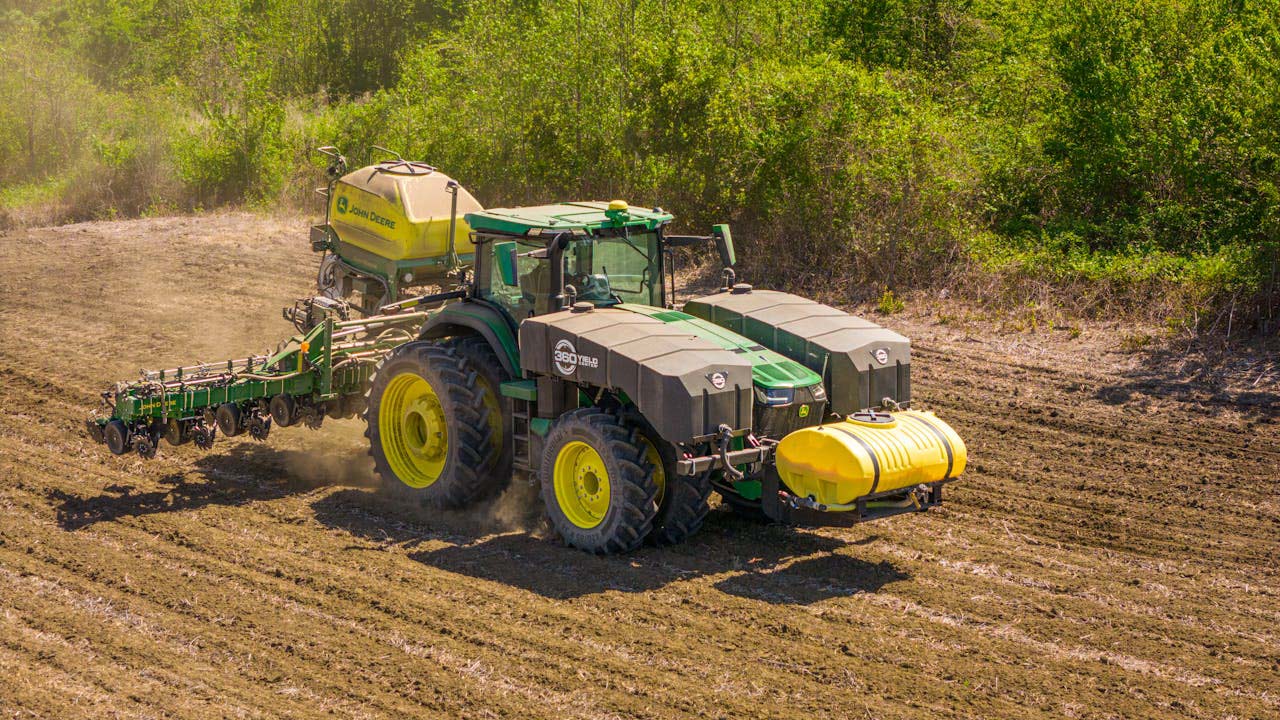Rotary cutter and iron roller: tradition meets modern machinery
2025. September 27.In agriculture, we often talk about crop rotation, which means rotational seeding. For centuries, it has played an important role in maintaining soil fertility and the sustainability of crop production. And the iron roller is the iconic machine of traditional soil cultivation, basically a roller that smooths the mulch and compacts the seedbed. In this article we explain how the two are intertwined to help farming.
The basis for crop rotation
Crop rotation – also known as crop rotation – is the systematic and deliberate use of a series of crops in a field. It is a way of making planned use of the soil’s fertility, especially in fertilised areas. This ancient practice was used in the modern era, but has been with us ever since. In addition to maintaining soil fertility, the role of crop rotation should be emphasised for reasons such as pest control, weeds and nutrient recycling.
The importance of the iron cylinder
The iron roller is a traditional agricultural tool that smoothes and compacts the soil and levels the mulch. This helps to prepare the seedbed properly and to make use of the soil moisture. The iron roller, although not a very modern tool, is often found at the end of tillage combinations, such as after the rotary harrow, when the roller compacts the soil back into the soil.
There are countless manufacturers offering seeders with a rotary or roller clamping unit. This is good because the former loosens and evens the seedbed, while the latter recompacts it. This combination is a great example of how the traditional iron roller can be integrated into the world of modern, efficient technology. The role of the roller is twofold, providing stability to the seedbed and improving germination and soil contact.
Precision support for seeders and crop rotation
In modern farming, the rotary is also supported by other precision tools. For example, some companies offer precision seed drills that offer a wide range of seeding options: full area seeding, narrow or wide strip, two-row seeding, etc. These machines also offer the possibility to adapt the rotation to the soil, to the management of the stalk residues, to the crop supply and to the ecological criteria.
Also worth mentioning is no-till, or direct seeding, which has the advantage of minimizing soil disturbance. This is an effective way to reduce erosion and improve soil water retention. Vertical tillage, or vertical tillage, is a technique to avoid horizontal stratification, which improves water infiltration and nutrient uptake, and promotes strong root development. This method is an excellent choice for long-term crop rotation and soil conservation strategies.

How are the rotary and the iron roller connected?
Crop rotation is a key tool for sustainable soil and crop management that increases productivity and resilience. And the iron roller, as already mentioned, is a traditional machine that is still an important element of modern soil sealing. To make a crop rotation work, it is important to have a proper closure, using sustainable technology. Some of these tools are a good example of how traditional and new technologies work together for efficiency. The iron roller is not a modern machine, but it is still used today because it supports sustainable soil use.
The tradition of crop rotation and the iconic role of the iron cylinder are as relevant today as they were in the past. In fact, modern mechanisation has combined with more robust, sustainable systems. The combination of rotary harrow and roller, for example, combines tradition and efficiency, while precision seeders and conservation tillage systems can bring a new level of support to crop rotation systems. This will make crop rotation and the iron roller a key tool for conscious, productive soil management in the future.

